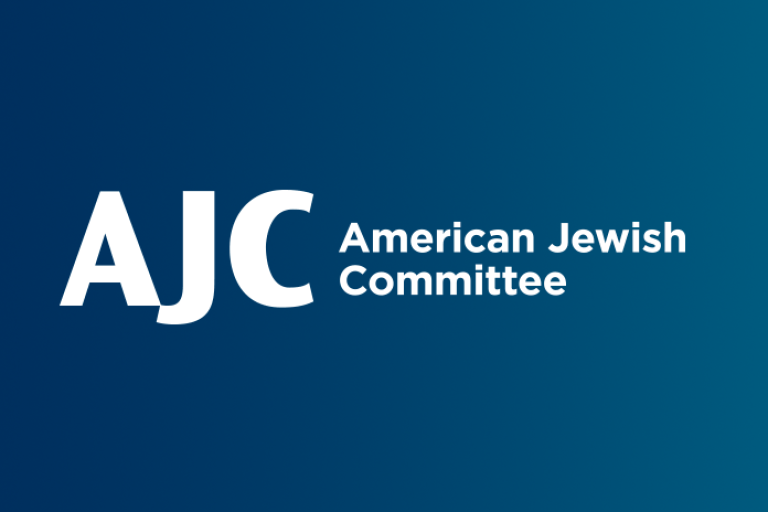August 7, 2017
In April, Deputy National Security Advisor Ben Rhodes summed up the inspections regime outlined in the preliminary agreement reached in Lausanne: “Under this deal, you will have anywhere, anytime, 24/7 access as it relates to the nuclear facilities that Iran has.”
Energy Secretary Ernest Moniz employed the same phrase: “We expect to have anywhere, anytime access in the sense of a well-defined process with a well-defined end time for access to places that are suspected of out-of-bounds activities.”
Both men have since walked back those statements, insisting that it was not realistic to think that IAEA inspectors would be able to gain access to Iran’s most secretive military sites on a moment’s notice.
Which makes sense. If would be perfectly reasonable to require a waiting period—around 24 hours, perhaps—before IAEA inspectors gain access to a non-nuclear facility. But the deal agreed upon doesn’t have a one-day waiting period, or even a one-week waiting period. The process is far lengthier than that.
When IAEA inspectors want to visit a suspicious site, they first have to request access from Iran. Iran can choose to approve or deny that request. If Iran denies access, that launches a series of appeals which can take 24 days (and perhaps longer) for final resolution. That timeframe of several weeks could provide Iran with ample time to scrub evidence of wrongdoing from the site, especially if they were using it to develop non-nuclear (and thus non-irradiating) components of a nuclear weapon, like trigger mechanisms or delivery vehicles.
Additionally, since Iran is party to the entire process, it is likely to gain crucial insight into intelligence gathered against its nuclear program, potentially endangering the lives of Western intelligence assets, and tipping off Iran about what it needs to do differently to conceal its efforts.
Twenty-four days is far too long for the IAEA to have to wait before gaining access to a suspicious site. That’s one of the five major flaws in the deal.


